PRP Microneedling

PRP microneedling, also known as vampire facial or vampire facelift, is a cosmetic procedure that combines microneedling with the application of Platelet-Rich Plasma (PRP) derived from the patient's own blood.
Microneedling Microneedling involves using a device with fine needles to create controlled micro-injuries or tiny punctures on the skin's surface. These micro-injuries stimulate the skin's natural healing process, triggering collagen and elastin production. Collagen and elastin are essential proteins that help maintain skin structure and elasticity, contributing to smoother, firmer, and more youthful-looking skin.
Platelet-Rich Plasma (PRP) PRP is a concentrated serum derived from the patient's own blood. It is rich in growth factors, cytokines, and other bioactive proteins that play crucial roles in tissue repair, regeneration, and healing. To obtain PRP, a small amount of the patient's blood is drawn and processed in a centrifuge to separate and concentrate the platelets and plasma components. The resulting PRP is then applied topically or injected into the treated areas during or after microneedling.
Benefits of PRP Microneedling
- Enhanced Skin Texture and Tone
PRP microneedling significantly improves the overall texture and tone of the skin. The microneedling process stimulates the production of collagen and elastin, essential proteins for skin firmness and elasticity. Combined with the regenerative properties of PRP, this treatment helps to smooth out rough patches, reduce pore size, and even out skin discoloration, resulting in a more radiant and uniform complexion.
- Reduction of Fine Lines and Wrinkles
One of the most sought-after benefits of PRP microneedling is its ability to reduce the appearance of fine lines and wrinkles. The controlled micro-injuries created by microneedling trigger the skin's natural healing process, leading to increased collagen production. When PRP is applied, it further enhances this process, promoting skin renewal and reducing the depth and visibility of wrinkles, giving the skin a more youthful appearance.
- Scar Treatment
PRP microneedling is highly effective in treating various types of scars, including acne scars, surgical scars, and other forms of skin damage. The combination of microneedling and PRP stimulates the skin's repair mechanisms, leading to the formation of new, healthy skin cells. This process can significantly diminish the appearance of scars over time, improving the skin's texture and restoring a smoother surface.
- Accelerated Healing and Reduced Downtime
The growth factors and proteins in PRP play a crucial role in accelerating the skin's healing process. After microneedling, the application of PRP enhances tissue repair and reduces inflammation. This leads to faster recovery times compared to microneedling alone, allowing patients to resume their normal activities more quickly. Additionally, the natural components of PRP reduce the risk of adverse reactions, making the treatment safe and effective for most skin types.
Process of PRP Microneedling
- Initial Consultation
During the initial consultation, a qualified practitioner assesses the patient's skin concerns, medical history, and suitability for PRP microneedling. They discuss the expected outcomes, potential risks, and post-procedure care, ensuring the patient is well-informed and comfortable with the process. This step is crucial for setting realistic expectations and planning the treatment.
- Blood Collection
On the day of the treatment, a small amount of the patient's blood is drawn, typically from the arm. This procedure is similar to a routine blood test and is done to obtain the platelet-rich plasma (PRP) needed for the treatment. The blood draw is quick and minimally invasive, ensuring patient comfort.
- PRP Preparation
The collected blood is placed in a centrifuge, which spins it at high speed to separate its components. This process isolates the platelet-rich plasma (PRP) from the red blood cells and other blood components. The PRP, rich in growth factors and proteins, is collected for use in the microneedling procedure.
- Skin Preparation
The patient's skin is thoroughly cleansed to remove any impurities. A topical numbing cream is then applied to the treatment area to minimize discomfort during the microneedling process. The numbing cream typically takes about 20-30 minutes to take effect, ensuring a more comfortable experience.
- Microneedling
Once the skin is numb, the practitioner uses a microneedling device to create controlled micro-injuries in the skin. The device has fine needles that puncture the skin at varying depths, stimulating collagen and elastin production. This process enhances skin rejuvenation and prepares the skin for the application of PRP.
- Application of PRP
After microneedling, the platelet-rich plasma is applied to the treated areas. The microchannels created by microneedling allow the PRP to penetrate deeply into the skin, enhancing its regenerative effects. The combination of microneedling and PRP accelerates healing, improves skin texture, and promotes a youthful complexion.
PRP microneedling is a versatile and powerful treatment that leverages the body's natural healing properties to rejuvenate the skin, making it a popular choice for those seeking non-surgical cosmetic enhancements.
To learn more about our medspa services or schedule your appointment, call Iconic Skin Clinic at (714) 225-5137. You may also visit our Downey office at 8004 4th St, Downey, CA 90241.
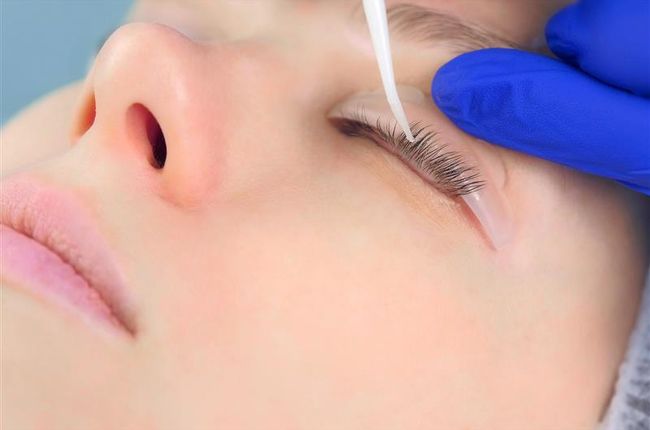
Lash Lift

Salmon DNA Booster Add-On

 None
None None
None None
None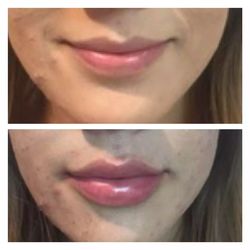 None
None None
None None
None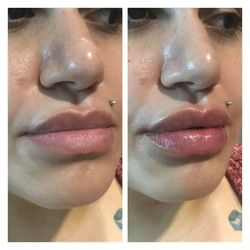 None
None None
None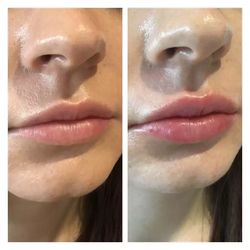 None
None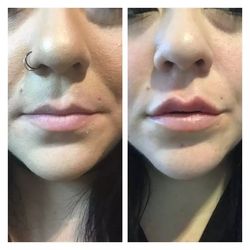 None
None None
None None
None None
None None
None None
None None
None












